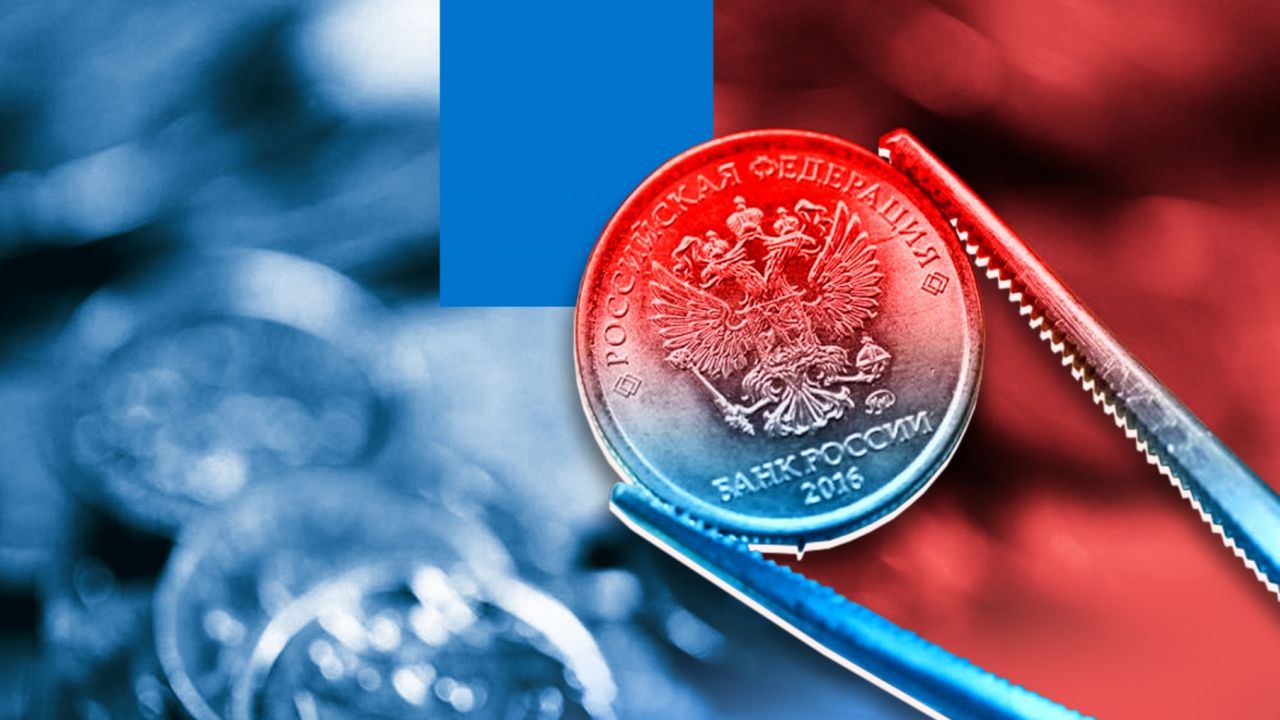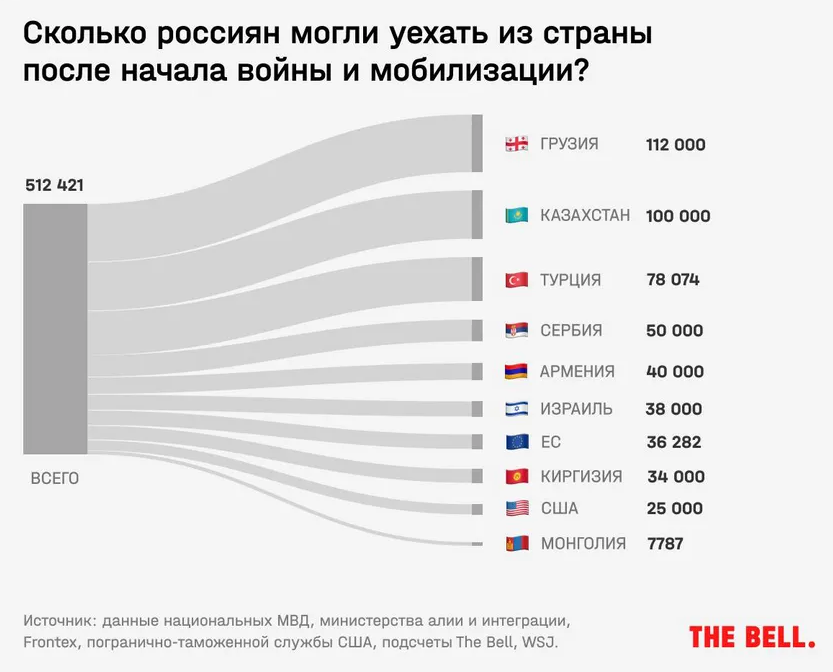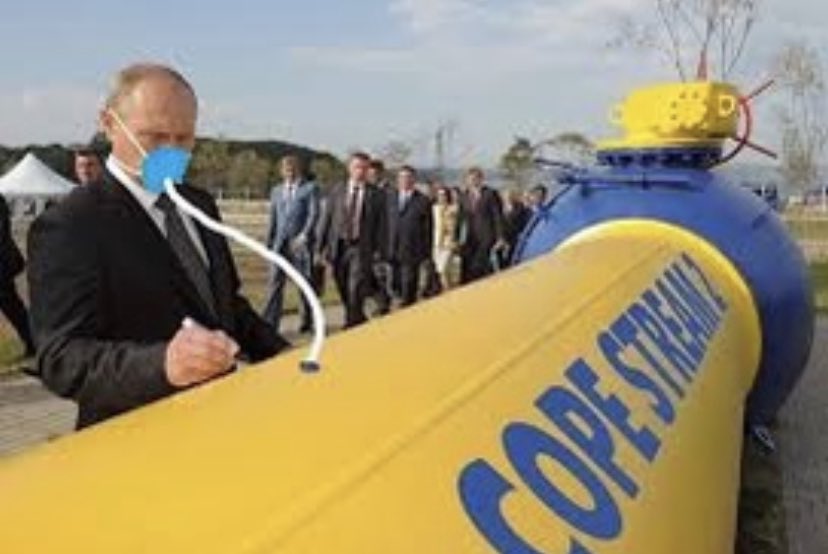At the beginning of Russia’s war of aggression against Ukraine, multiple countries (and not just Western ones) imposed various types of sanctions on the Russian economy. The imposition of the sanctions’ regime was relatively well executed but very poorly communicated to the public.
The public was told (or was given the impression) that the Russian economy would collapse within months because it’s the toughest sanctions regime ever imposed on a country. The latter part was absolutely correct, but the former was clearly not entirely honest.
As a result, the public’s trust in the sanctions regime was needlessly shaken due to the high expectations – leading some to lean on exaggeration in the other direction, so far as to believe Putin’s claims that the sanctions had little or no effect. That’s also wrong. So, how’s it going?
Withdrawal of major companies
For once, someone in Academia actually did something useful for the public. So the Chief Executive Leadership Institute from the Yale School of Management went into the enormous undertaking of actually tracking down all of the big non-Russian corporations with business in Russia to see if they actually do make any move as (so many of them) promised.
1586 companies ended up on Yale’s list which gets upgraded at least once a week (last update on February 26, 2023), graded from A (complete exit from Russia) to F (digging in).
The result? 521 companies fully exited Russia (grade A) and another 500 curtailed most or all operations (grade B). On the opposite end of the spectrum, 238 companies either continue as normal or are actively expanding in Russia (“digging in” – grade F).
This in itself is extraordinary. Over 2/3 success rate in fact beats the previous attempt at a global boycott, which happened against Apartheid South Africa 35 years ago.
With that said, there is still room for improvement. There are many companies from Austria, G*rmany, France, Italy, the USA or the United Kingdom that are on the “grade F” list.
Cloudflare, Buzzi Unicem (Italy), BT Group (UK) or Doka (Austria) are some of the Western companies that are still operating in Russia that can still be… persuaded into no longer doing so.
Industry
The automobile production in Russia took a nosedive by 67% – and that’s according to Rosstat (the official Russian Statistic Institute, hardly a trustworthy source). The Russian automobile plants churned out 450.000 cars in 2022, according to Kommersant. That’s less than Romania, whose plants churned out 507.000 cars in 2022, which is not a record for Romania. Keep in mind that of those ~450k cars produced in 2022, quite a few of them are Soviet-era Moskvich which we don’t even know if they work.
75% of car-related transactions in Russia are of used cars, mostly second or third-hand from Japan. The overall number of transactions and production are lower than the 2009 global financial crisis.
To make things worse, there are no chips for anything. Russian leadership hoped to replace what they can’t get from the West by buying from China. There’s just one problem: the Chinese-supplied chips have an enormous failure rate. 40% of the chips delivered to Russia are defective. Such a failure rate makes any sensible production planning impossible. And the goods that are produced with the non-defective ones, obviously, end up being more expensive.
Other industries are under all sorts of weird pressures. So, for instance, Russia can produce its own steel, right? Well, yes, but… some raw materials used to be sourced from Kazakhstan. But Kazakhstan is no longer willing to sell. So the Russian plants now have to source it from within Russia but from further away from the plants (geographically speaking).
Speaking of Kazakhstan, the country bounces between refusing to sell steel to Russia to selling enormous amounts at dumping prices – distorting the Russian market in unpredictable ways. This is reported by Kommersant, which can’t be suspected of a pro-sanctions or anti-Russia bias.
Workforce
The Mayor of Moscow wrote in an official blogpost that things will get rough as hundreds of thousands of people are simply left with nothing to do in the city as everything relevant for them is closed or will be closed. That was in April 2022. Since then, the mayor has been subjected to a special persuasion operation to shut up about it. Even so… the numbers he presented were still real.
In response to multiple such situations (not just in Moscow) the government responded by trying really hard to absorb as many people as possible into various furlough schemes, fake or real government jobs or early retirement. Sure, over the short run, this eases the tension. But for how long can this be sustained? And who funds it? (more on that in a bit)
Nobody really knows how many people left Russia. According to research by The Bell, at least 512,000 people left Russia and did not come back (as of December 2022). This number is the most conservative estimate and most likely wrong, given that just Kazakhstan reported a bit over 200,000 border crossings one way (from Russia to Kazakhstan) without any returns.
Whatever number you choose to believe, one thing is certain: Almost all of the people that left are resourceful (and thus a lost tax base for the State).
This exodus (called “relocation” on Russian groups) strained the public resources of Georgia in particular but, eventually, slowly, things settled down on the host countries. Keep in mind that the exodus isn’t over. The industrial park in Tashkent (empty at my visit there in August 2022) is now full. With “relocated” Russians. After all, someone’s gotta fix the thermal energy distribution of the city, which is in dire straits, so why not fighting age Russian men?
Finance
In late August of 2022 I wrote an article about how unimportant is the official exchange rate of the Rouble given that it’s not a convertible currency. Since then, one thing has changed: Now nobody can exchange Roubles at anywhere near the “official” rate. Not even Raiffeisen Bank, which even went as far as to recognize Putin’s republics, can’t exchange Roubles at the official rate. Raiffeisen is now under an OFAC investigation in the USA. Insh’Allah they get sanctioned.
But, Raiffeisen notwithstanding, the fact remains that nobody buys Roubles. Which means the current “official” exchange rate is wholly artificial and meaningless.
And since nobody buys Roubles, that means nobody is buying Russian bonds either. So how is Putin financing the enormous deficits? Well… the foreign currency reserves. According to the Central Bank of Russia, the state consumed between 7 and 11 billion dollars worth of foreign currency per week. That sounds bad, but not so bad.
Just one problem: All of the statistics officers from both Rosstat and Банк России have been replaced at least three times since the onset of the war. Before the war, they used to be replaced every 6 years or so.
Energy
Here’s where things are a bit more complicated than both the West and Russia are willing to admit.
The EU countries “sold” the sanctions to their people as relatively easy to implement. The practice showed that it was a bit more complicated than previously thought. With that said, all things considered, things turned out quite okay. Europe didn’t freeze to death and, compared to other historical energy crises, countries of Europe fared better than expected.
Russia, on the other hand, “sold” to its people the message that Europe can’t decouple from Russia and that, if things really go south, there’s always India and China eager to buy in huge amounts as both countries are big consumers of fossil fuels.
Just one problem: Saying so is easier said than done.
It takes at least 6 years to build the necessary pipelines in order to deliver gas to China or India. So far, not a single centimeter of a new pipeline has been built. Translation: Russian isn’t selling excess gas to Asia. It can’t.
On oil, the logistics are easier, but India and China put a downward pressure on the price. Or, in common parlance, Russia is selling oil to India and China at a steep discount and routinely at a loss.
You see, extracting oil is not rocket science but it’s still a technologically complex process if you want to also be able to deliver it at a competitive price. And a year of sanctions and the departure of Western energy companies (and with them, their know-how) is taking its toll. Russia’s production price is now higher than the global norm. And continue to climb up as installations start to break down and fixing them is no longer that easy as it was in January 2022.
Ironically, it is in fact desirable that India and China continue to buy more and more oil from Russia at higher and higher discounts because, in doing so, it makes Russia lose money at an accelerated pace. And I have no doubt that’s exactly what’s going to continue to happen because China has no qualms in pillaging Russia for its natural resources.
What we don’t know
Russia stopped filing its paperwork with the IMF, the World Bank, the ITO and other institutions in July and hasn’t allowed the minimum scrutiny required ever since. In parallel, Russian ethnics within the IMF replaced the missing data with the reports from the Kremlin (unverified, even minimally, by anyone). This led to the IMF, World Bank et. al. to publish effectively Kremlin propaganda for months on end.
The situation has been discovered mostly by accident basically last week and hasn’t been corrected yet. So any report from IMF, World Bank, etc. on the GDP of Russia or any other economic data is, for the time being, untrustworthy.
Same goes for the Rosstat reports on some aspects of the economy (especially labor force and demographics) for the second half of the year 2022. the people working on them have been changed/reshuffled at least three times in the last 12 months. That’s a lot.
Even if we were to presume this was not done in order to get yes-men apparatchiks in place, that would twist the numbers to lie for the Kremlin – the mere disruption in the workflow is enough to render the reports for the second half of 2022 at least untrustworthy until further rectification. And there is no reason to assume any of that.
So when Putin says the Russian economy fell by 2.1% in 2022, there is no way to check whether that’s true. Same goes when a Western analyst says that it actually fell by X%. That guy doesn’t know that either. We have some reliable data (I presented some of it above) but we’re still missing quite a bit on other variables in order to make a semi-decent projection.
Some conclusions
So, do the sanctions work? If by “work” you mean the way they were sold to the public in March 2022, then the answer is no.
However, if by “work” one means “steadily and consistently eating away at the economical foundations of the modern part of the Russian economy” – then the answer is yes. Faster than I expected, quite honestly.
I had expected that inertia will take 15 months at the very least to catch up but, as it turns out, many aspects worked-out faster.
Imposing sanctions was a good idea, all in all. But it was a mistake to sell them to the public as a silver bullet against Russia, because such framing needlessly lowered the Western public’s trust in them and gave free talking points to Solovyov et. al. for no benefit.
Luckily, for all of us, the quality of Russian propaganda also took a nosedive lately. And visibly so for anyone who has been following this topic for more than three years. It could be because some of the people at RT and other places were in fact Ukrainian and are now refugees in Kazakhstan.
And while I’m glad that Russian propaganda took a nosedive, it is alarming that the West’s strategic communication is in such a terrible shape. Слава Богу we’re facing Russia of 2023 and not Russia of 2014 in the propaganda department.





